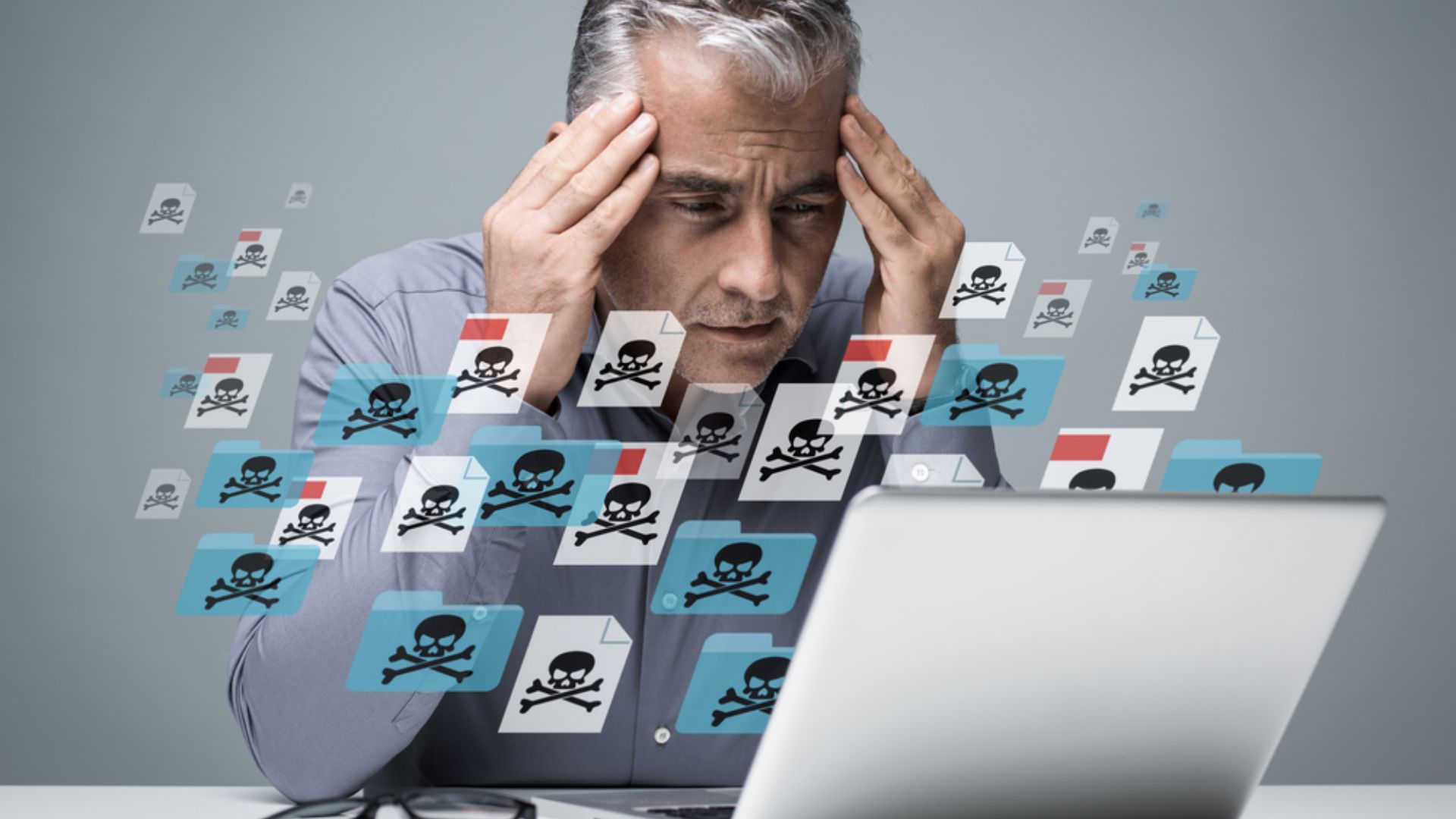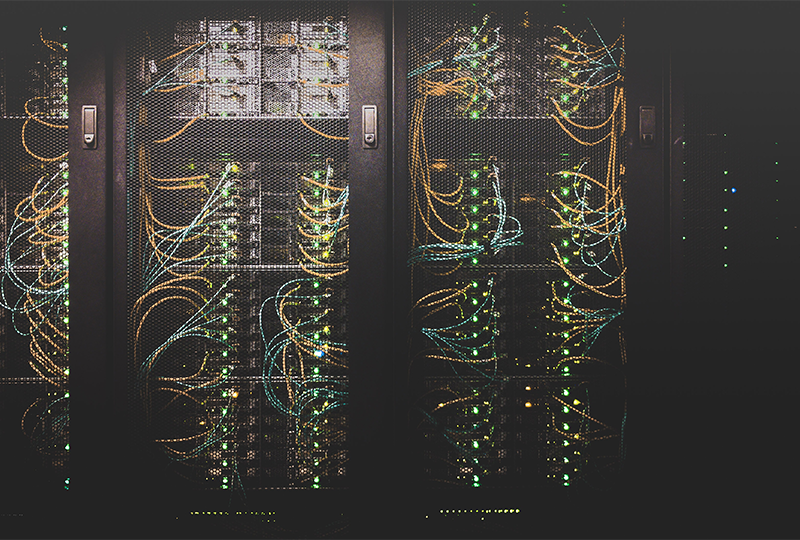
Enhancing Security Through Virtualization Technology
19 Sept, 20234Virtualization is a transformative process that involves creating a virtual environment, all...

Virtualization is a transformative process that involves creating a virtual environment, allowing users to run multiple operating systems on a single computer. It essentially generates a virtual version of an operating system, server, or network resources, replacing the need for physical infrastructure. Virtualization is a vital component of the evolving landscape of IT environments, facilitating self-governance based on activity perception and utility computing in organizations. While the primary aim of virtualization is to streamline administrative tasks and enhance scalability and workloads, it also serves as a powerful tool for improving security.
In today's professional landscape, virtualization technology offers a myriad of advantages. The ability to run multiple workloads allows for the optimal utilisation of physical server resources. Operating system instances can be abstracted from the underlying hardware, allowing them to migrate seamlessly between different hosts within a clustered setup without disruptions.
Moreover, virtualization enables high-availability mechanisms that were previously unattainable. For instance, if the primary host encounters an issue, virtual machines can be automatically restarted on a separate server. Additionally, by abstracting the network from the underlying physical infrastructure, including switches and wiring, virtualized networking brings about numerous benefits in terms of managing network traffic.
In this article, we will explore how virtualization technology is revolutionizing security by addressing security challenges through innovative virtualized solutions.
Isolation and Segmentation
Virtualization technology offers robust isolation and segmentation capabilities that are pivotal for enhancing cybersecurity:
• Resource and Application Isolation: Each virtual machine (VM) operates independently of others, creating isolated environments. This isolation ensures that any malicious activity or compromise within one VM does not affect others. Even if malware infiltrates one VM, it cannot easily spread to neighboring VMs. This inherent isolation enhances overall security by containing threats within specific compartments.
• Micro-Segmentation: Advanced virtualization solutions enable micro-segmentation, allowing for fine-grained control over network traffic. Administrators can define strict access policies, isolating critical assets and data from potential threats. This approach significantly reduces the attack surface, making it more challenging for attackers to move laterally within the network.
• Resource Allocation and Prioritization: Virtualization enables administrators to allocate specific resources (CPU, memory, storage) to each VM. By prioritizing resources for critical security applications or tasks, organizations can ensure that security processes receive the necessary computing power, improving overall security posture.
Sandboxing
Sandboxing in virtual environments is a crucial security technique:
• Controlled Execution Environment: Sandboxing creates a controlled and isolated environment in which untrusted or potentially malicious applications can be executed safely. This controlled environment limits the impact of these applications on the host system. If an application exhibits suspicious behavior or attempts malicious actions, it does so within the confines of the sandbox, preventing damage to the underlying system.
• Threat Analysis: Security professionals often use sandboxes to analyze suspicious files, attachments, or software. By executing these items in a sandboxed environment, analysts can observe their behavior and determine whether they pose a threat. This proactive approach enables the early detection of malware or vulnerabilities, contributing to improved security.
Rapid Recovery
Virtualization technology simplifies and accelerates disaster recovery and business continuity efforts:
• Snapshot and Replication: Virtual machines can be snapshot at various points in time. Snapshots capture the VM's state, including data and configurations. In the event of a security breach or system failure, administrators can quickly restore the VM to a previous snapshot, minimizing downtime. Moreover, VM replication allows for redundancy, ensuring that critical systems are available even in adverse situations.
• Testing and Validation: Before implementing disaster recovery plans in production environments, organizations can use virtualization to simulate and validate recovery procedures. This testing ensures that recovery processes work as intended, reducing the risk of errors during real incidents.
Security Testing and Training
Virtualization provides a secure platform for comprehensive security testing and training activities:
• Replica Environments: Security professionals can create replica environments that mirror production systems. These replicas include the same configurations, applications, and vulnerabilities. By using virtualization, analysts can conduct penetration tests, vulnerability assessments, and security audits in a controlled and risk-free setting. This approach helps identify weaknesses and vulnerabilities before they can be exploited by real threats.
• Incident Response Training: Virtualization allows organizations to train incident response teams effectively. Simulated security incidents can be staged in virtual environments, enabling teams to practice detection, containment, and mitigation strategies. This hands-on training enhances the preparedness and effectiveness of security teams.
Dynamic Resource Allocation
Virtualization's dynamic resource allocation capabilities contribute to agile and efficient cybersecurity:
• Resource Scaling: In response to security incidents or increased workloads, virtualization platforms can dynamically allocate additional computing resources to security processes or applications. This flexibility ensures that security measures can scale rapidly to address emerging threats or spikes in activity.
• Resource Prioritisation: Administrators can prioritize resource allocation based on the severity and urgency of security tasks. Critical security processes, such as intrusion detection systems or threat analysis, can receive higher priority, ensuring that they receive the necessary resources to operate effectively.
Network Security
Virtualized networks offer advanced security features and capabilities:
• Traffic Monitoring: Virtualized networks provide granular traffic monitoring, enabling real-time visibility into network activities. Administrators can identify and respond to suspicious or unauthorized network traffic promptly. This enhanced visibility is crucial for detecting and mitigating security threats.
• Segmentation and Isolation: Network virtualization allows organizations to segment and isolate different parts of their networks. This approach isolates potentially compromised segments, preventing lateral movement by attackers. Segmentation ensures that even if one segment is breached, other parts of the network remain secure.
Improved Patch Management
Virtualization simplifies and enhances patch management procedures:
• Snapshot-Based Patching: Before applying patches or updates, administrators can create snapshots of VMs. These snapshots serve as backup points, allowing the system to revert to a previous state if issues arise during patching. This rollback capability minimizes disruptions caused by patching vulnerabilities.
• Testing in Isolated Environments: Patches can be tested in isolated virtual environments before deployment in production. This testing ensures that patches do not introduce compatibility issues or unexpected behavior. Virtualization's sandboxing capabilities can be employed to evaluate the impact of patches on individual applications or systems.
Centralised Security Control
Virtualization technology centralizes security control for efficient management:
• Virtual Security Appliances: Virtual security appliances, such as firewalls, intrusion detection systems, and antivirus solutions, can be deployed within the virtual environment. These appliances operate from a centralized point, allowing administrators to monitor, filter, and protect network traffic efficiently. Centralized control simplifies security management and policy enforcement.
Encryption and Secure Containers:
Virtualization technologies support robust encryption and secure containers for data protection:
• Encrypted VMs: Virtual machines can be encrypted to protect data at rest. Even if an attacker gains access to the VM files, the data remains encrypted and inaccessible without the decryption key. This safeguards sensitive information from potential breaches.
• Secure Containers: Secure container technologies, such as Docker and Kubernetes, can be employed within virtual environments. Containers provide isolated and secure environments for running applications, ensuring that data remains protected even in the event of a breach.
Incorporating these detailed security measures within virtualization technology strengthens an organization's overall cybersecurity posture. By leveraging the full potential of virtualization capabilities, businesses can better safeguard their systems, data, and operations against evolving threats and vulnerabilities.
In Summary
Virtualization technology is not only a valuable tool for optimizing resource utilization and simplifying IT management but also a powerful ally in the ongoing battle against cyber threats. By providing isolation, segmentation, rapid recovery, and enhanced testing capabilities, virtualization technology is helping organizations fortify their security postures. Moreover, dynamic resource allocation, improved network security, and centralized control contribute to more robust defenses.
As cyber threats continue to evolve, virtualization will remain an essential component of a comprehensive cybersecurity strategy. By leveraging the full potential of virtualization technology, organizations can significantly enhance their resilience and ability to respond to the ever-changing threat landscape.
Our consultants work closely with you to get to know your business and listen to your hiring needs. Contact us today to discuss your hiring needs; whether you're building your security team or looking for a new role in the security landscape with one of our consultants.









